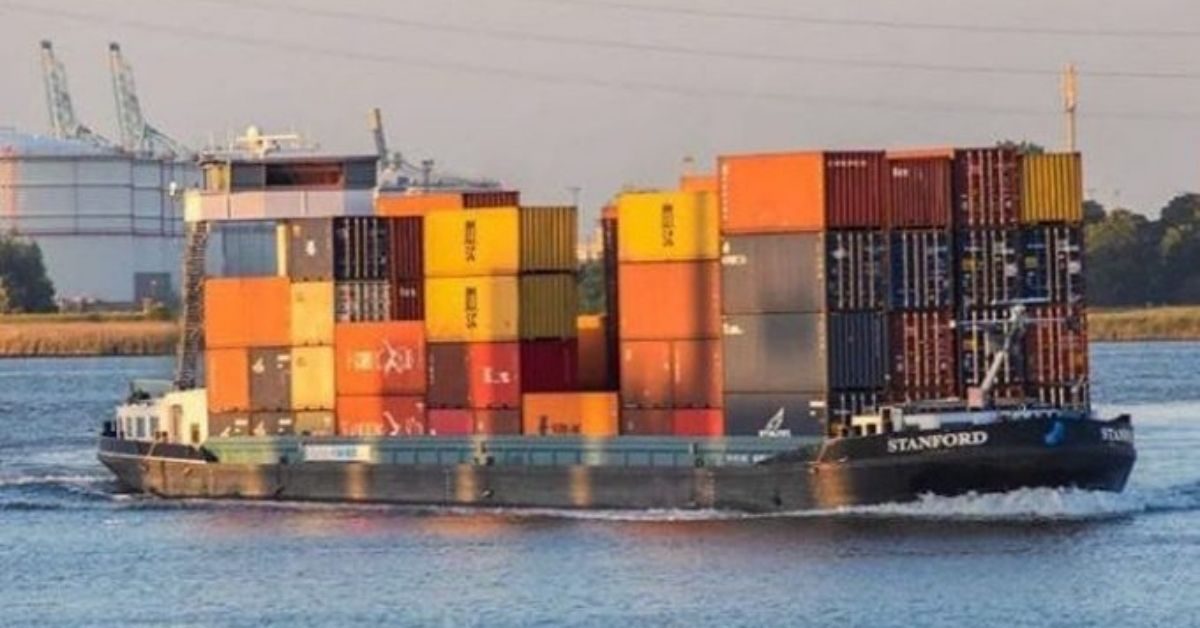India’s ambition to provide seamless cargo transportation through waterways to benefit landlocked Northeast and its neighbours received a serious blow after a sudden drop in water level in Brahmaputra left Bangladeshi cargo vessels stranded in Assam’s Dhubri for about a month.
Officials of the Inland Waterways Authority of India (IWAI) in Guwahati said the stranded vessels and motorized boats numbering around 50 started sailing back to Bangladesh from Thursday evening after the river channel was dredged to make the route navigable.
The vessels and boats with about 200 crews smoothly sailed to Dhubri last month to collect stones and boulders from Bhutan, the officials said. But while returning the vessels got stuck in the mid river as the water level dropped.
It took about 20 days of dredging works to pull out the vessels, putting a question mark on the effectiveness of the route, the National Waterways II, in providing seamless cargo transportation.
The 891 km-long National Waterways II, is not only supposed to provide inland water connectivity to the landlocked Northeast but also to facilitate movement of goods between Bangladesh and Bhutan as part of a tripartite agreement.
Cargos are brought from Bhutan’s Phuntsholing by road to Dhubri in Assam. Phuntsholing is about 160 km from IWAI’s Dhubri jetty. From Dhubri the goods are taken through waterways to the nearest Bangladeshi port in Narayanganj.
The use of the waterways can reduce the travel time between Bangladesh and Bhutan by about 10 days and reduce the transportation cost by about 30 per cent.
The river route was opened for cargo movement between Bangladesh and Bhutan using India for transit in 2019 after the IWAI dredged the portion of the Brahmaputra to maintain an assured draft in navigation.
The IWAI authorities were taken by surprise when the route became impassable recently. The authorities are trying to figure out the exact cause that led to the sudden drop in water level in the Brahmaputra, which is a perennial river.
Two years ago China had announced its plan to build another huge dam in the upper reaches of Brahmaputra, called Yarlung Tsangpo in China, triggering concerns of intense water scarcity in India and Bangladesh.
Since 2010, China has constructed two small dams on the river in its Tibet Autonomous Region. Three others are under construction, including the latest one which is supposed to generate up to 60 gigawatts of power, three times more than the country’s Three Gorges Dam, which currently has the highest installed hydropower capacity in the world.
India is also currently constructing two major hydropower projects in Arunachal Pradesh— the 600 MW Kameng project and the 2,000 MW Lower Subansiri— on the tributaries of the Brahmaputra. Apart from that there are 169 hydropower projects on tributaries of Brahmaputra in Arunachal Pradesh on the pipelines.
Source: The Federal








